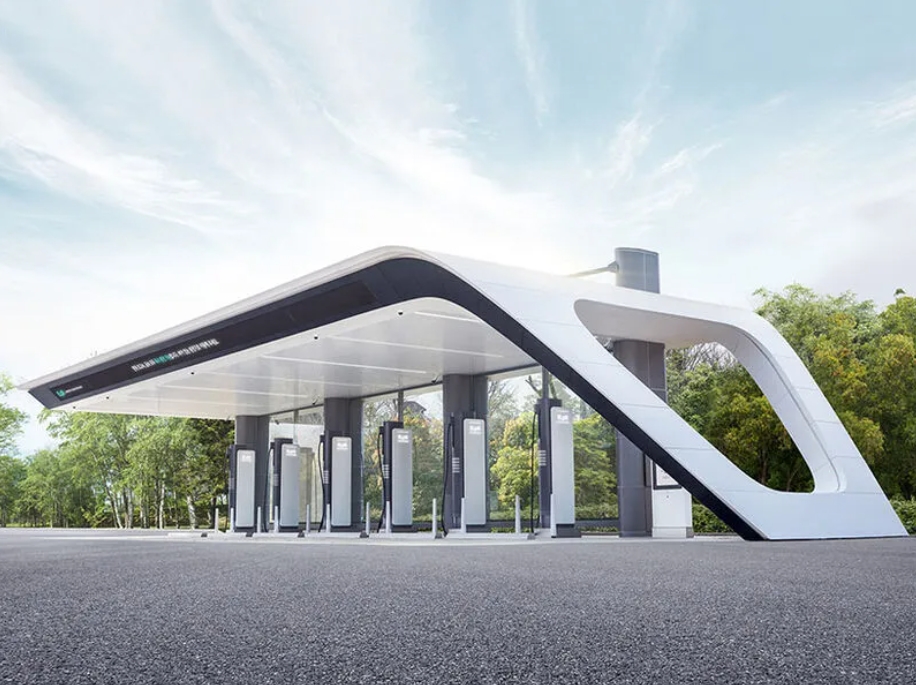The expansion of electric vehicle (EV) charging stations worldwide was a rapidly growing trend, driven by several factors including government incentives, environmental concerns, technological advancements, and increasing consumer demand for electric vehicles.

Here are some key points regarding the expansion of EV charging stations worldwide:
- Government Initiatives: Many governments around the world have introduced policies and incentives to encourage the adoption of electric vehicles. These initiatives often include subsidies for EV purchases, tax incentives, grants for charging infrastructure installation, and regulations mandating the inclusion of EV charging infrastructure in new developments.
- Private Sector Investments: Beyond government initiatives, private companies, including electric utilities, automotive manufacturers, and charging infrastructure providers, have been investing in expanding the EV charging network. This includes the installation of charging stations at workplaces, shopping centers, hotels, and along major highways.
- Technological Advancements: Advances in charging technology have led to the development of faster and more efficient charging stations. For example, DC fast chargers can significantly reduce charging times compared to traditional AC chargers, making EVs more convenient for long-distance travel.
- Interoperability and Standards: Efforts are underway to establish common standards for EV charging infrastructure to ensure interoperability and ease of use for EV drivers. Initiatives such as the Combined Charging System (CCS) and CHAdeMO aim to create universal charging standards that can be used by multiple manufacturers.
- Global Expansion: The expansion of EV charging infrastructure is not limited to specific regions but is a global phenomenon. Countries across Europe, North America, Asia, and other regions are investing in expanding their charging networks to support the growing number of electric vehicles on their roads.
- Challenges: Despite the rapid growth of EV charging infrastructure, several challenges remain, including the need for further investment, addressing range anxiety among consumers, optimizing charging infrastructure deployment, and ensuring equitable access to charging facilities for all communities.
- Future Trends: Looking ahead, the expansion of EV charging stations is expected to continue as electric vehicle adoption rates increase. This expansion will likely involve the deployment of more fast-charging stations, integration with renewable energy sources, the development of smart charging solutions, and the use of innovative technologies such as wireless charging.
It’s essential to note that the situation may have evolved since my last update, and you may want to consult the latest sources for the most current information on the expansion of EV charging stations worldwide.
